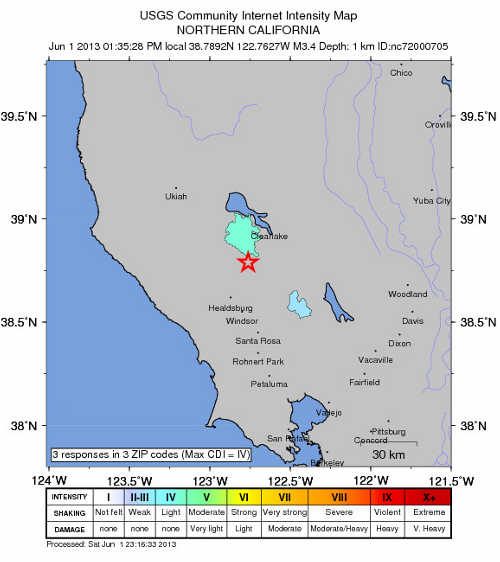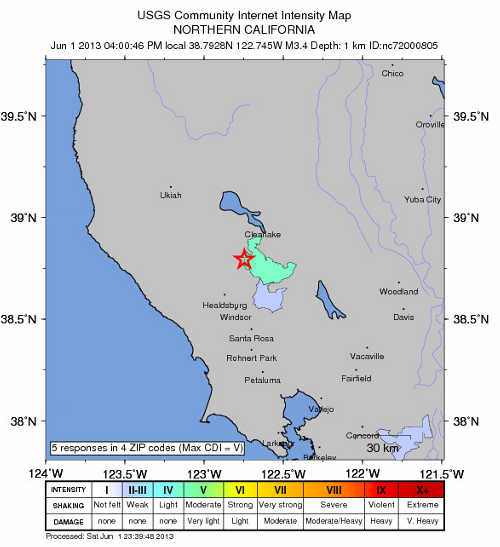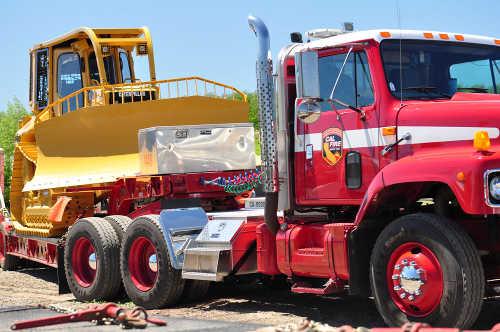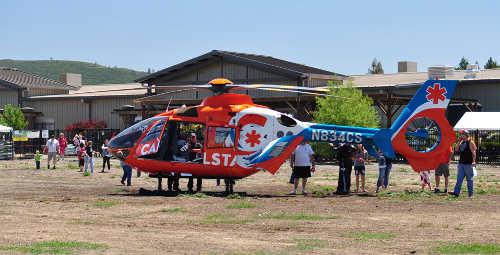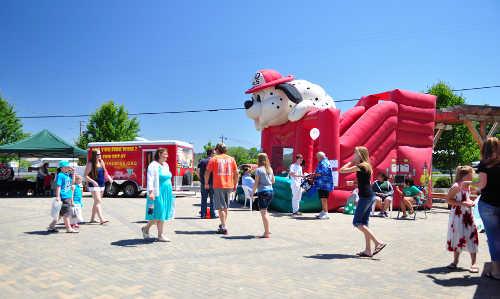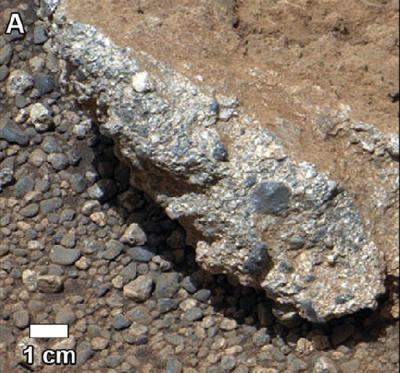- Lake County News reports
- Posted On
Cal EMA urges Californians to learn proper protective actions for hurricanes
Although the risk of hurricane striking California is very low, knowing what to do when one hits could save your live and the lives of loved ones if an event similar to hurricanes Katrina, Sandy or Andrew as well as a tropical storm such as Debby, Marie or Nicole.
“Because Mother Nature has blessed California with a very diverse topography and we live in a very, very mobile society, Californians can go to the ocean one day, the beach the next and the mountains the day after,” said California Emergency Management Agency (Cal EMA) Secretary Mark Ghilarducci. “Regardless of where Californians go, though, it’s important that they remember that some danger comes with the beauty of that area and the same is true if they are traveling to other states.”
Hurricane season began June 1. In anticipation of its arrival, the National Weather Service’s National Hurricane Center sponsored National Hurricane Preparedness Week, May 26-June 1.
“Even though the last time a hurricane made landfall in California is believed to have occurred in the 1800s, we are not immune from tropical storms affecting the Gulf of California and other parts of the Pacific,” said Ghilarducci.
He noted that although only one tropical storm has directly made landfall in California since 1900, coming ashore in San Pedro on Sept. 25, 1939, packing winds of up to 50 miles per hour, dropping nearly a foot of rain and is believed responsible for several deaths, California counties have felt the impacts of tropical storms or cyclones that did not reach land in California.
“Tropical Storm Kathleen didn’t make landfall in California in 1976, but the high winds and the flooding generated by it and its remnants were so severe that they caused more than $120 million in public and private-sector damages in Imperial, Riverside, San Bernardino and San Diego counties, resulting in a federal disaster declaration for those counties,” Ghilarducci said.
“Hurricanes, tropical storms, tornadoes and other high-wind events can wreak considerable damage,” he added. “The tragic tornado in Oklahoma, damaging windstorms in the San Gabriel Valley in late November and early December of 2011, as well as hurricanes Sandy and Irene illustrate how intense wind conditions can impact a community.”
Even though 24 homes and five businesses suffered major damage, another 12 homes and five businesses, more than 200,000 residents were without power and emergency response and repair costs incurred by affected jurisdictions in Los Angeles and San Bernardino counties totaled more than $34 million, no one died as a result of the emergency.
In comparison, last week’s tornado and the hurricanes caused of deaths and injuries, thousands homeless and prompted the mobilization hundreds, if not thousands, of first responders, volunteers and others to provide assistance, including of members of national urban search and rescue task forces based in the Golden State.
The Cal EMA secretary urged Californians, especially those who plan to visit states that are at risk, to take time to learn about hurricanes, tropical storms and cyclones, as well as storm surges and other hazards associated with them by visiting the National Hurricane Center Web site, http://www.nhc.noaa.gov/prepare/ .
Additional information on emergency preparedness is available at http://www.calema.ca.gov/Pages/default.aspx .
Ghilarducci said it's a good time for Californians who haven’t already done so or who are planning to visit the East Coast, the Gulf Coast and other areas subject to hurricanes and tropical storms to review and adjust their emergency plans, add appropriate supplies to their emergency kits, make sure their flashlights and portable radios are operable and learn what they should do if they are in a hurricane or other wind-related emergency.
“Many of the preparedness actions they take now will help prepare them for the next earthquake, fire, flood or other emergency that strikes California,” he said.
Once they reach their destination, he said, Californians should “maintain situational awareness about weather conditions, roadways, evacuation routes and listen to a radio for information and instructions from local authorities if an emergency occurs or a warning is issued. Most of all be sure to cooperate with them fully.”

